Waking up on a Sunday morning, just a few items swirled in my mind:
Psst: This site uses affiliate links.
- Read the publications I want to be in
- Read the classics
- Read this hot new bestseller
- Read the Steve Almond book I got at the Hugo House event
- Become a novelist
- Become a food writer
- Become a travel essayist
- Become an adventuress
- Become a poet (?)
- Become a highly sought-after voice on… anything, really
- Work on the chile story
- Work on the lava story
- Work on the car story
- Work on the language story
- Work on the jewelry story
- Work on the kitchens story
- Work on the limb story
- Focus on… something
- Go to culinary school so I can write about food
- Savor the moment
- Plan my travel
- Save for retirement
- Call mom
- Clean out the car
- Settle down
- Travel for a year
- Let the cats out
- Buy a house
- Sell everything
- Book those plane tickets
- Call about the rental car
- Work on the novel
- Give up on the novel
- Move to New York City
- Move to LA
- Move to Italy
- Move to Colombia
- Move to Japan
- Move next door to old friends in Florida
- Choose, choose, choose
- Be better-educated
- Be smarter
- Be funnier
- Try harder
- Don’t try so hard
Sigh.
Every single thing I have ever thought to do pressed in, with no idea what to tackle first.
Little Miss ADHD, I’m used to starting and wanting too many things, used to living in the middle of the swarm of ideas zipping around in my head at all times. That part wasn’t unusual. But on this particular day, I felt more overwhelmed by it all. So what was different?
I didn’t have a plan that day. There’s something freeing about waking up and not knowing what the day holds, and how to direct my attention and energy. But when I wake up like this, I know I have to mini-plan.
Even when I was in the Peace Corps, I was on my own and could have done whatever I wanted, but I found it anxiety-inducing to wake up and have no plan. So I made one. I went to the co-op where I worked from 8am to 11am every day. That gave me some structure to start the day with. It was comforting. We always say kids need structure; we forget about adults.
Of course, over-planning has its consequences too. Life has a way of intervening with our best-laid Google calendar. But being rigid and inflexible in our daily schedules can lead to being rigid and inflexible in other aspects of our life, too. And that’s no good for a creative arteest.
So how do we strike a balance between spontaneous free flow and focused attention and direction?
How do you decide what’s right for you right in this moment? It starts with visualizing your life.
I like to employ this model.
4 Levels of Thinking
I realized a few years ago that not all mental modes are the same. I was messing myself up by trying to think in a mash of ways. Should I be following people on Twitter or scribbling out a rough draft? Did I need to check my bank account or outline my novel. Some kinds of thinking, I finally figured out, need to come only after others.
Here are the four levels I came up with for myself:
1. Visioning
Envision how you want your life to go. Try not to get bogged down in the details, but just an overarching theme.
Do you want to wake up with anxiety about the day, stressing out about all the things you want to do and how there’s not enough time to do it all?
Me neither.
I want to accomplish certain things before I’m a certain age and feel that I’m steadily making progress towards those goals every day. I want to work just hard enough to have the freedom to do all the things I enjoy, with a little wiggle room for the unexpected.
And I want to have at least one free day a week, where I can do as I please, and not feel beholden to the clock or my OKRs.
Visioning happens on the breaks, when you’re walking on a beach in Thailand and realizing there’s some essential part of this you want to go after. Or it happens in a tiny cubicle, being yelled at by Carol, and realizing this sure as hell isn’t the kind of thing you want to be doing, and you better figure out where you’re going wrong.
It comes in the form of envy, of looking at someone else and thinking, Damn, I want to dress that way/talk that way/work like that/eat like that/have that title/have that chill. And then the next step is saying to yourself, “Why, exactly, couldn’t I?”
Periodic visioning and re-visioning creates the map.
2. Planning
Once you have an overarching vision for your life, write out the goals that will help you reach that vision of your best life, and chunk them into smaller time periods. You don’t have to be too formal, but make sure your plan contains some concrete action-items so you’ll know you’re on your way there.
If your vision is the map, your plan is the directions. If I want to be a novelist, I need to put time on my calendar to write my novel. If I want to be debt-free and financially independent, I need to create a spending plan. Planning is one of those things people who grew up in chaotic situations have to develop as a skill. Once you do, it’s incredibly calming.
3. Executing
Only once I’ve done some visioning for myself and made a plan does my mind feel fully free to focus on the task at hand. When it’s a random 10:36 on a Wednesday and I find myself muttering, “Ok, what am I doing right now?” the little voice in my head says, “Being your calendar’s bitch.” Whatever the calendar. I wish I had something more eloquent for you, but welcome to my brain. This just means that I do whatever the calendar tells me to do. Because I’ve had my executive meeting with my Writer’s Mission Control Center, I’ve read over my goals and made a plan to get there. Honestly, it’s kind of freeing to just become a line worker who doesn’t have to think about anything but the task set out in front of me.
Trust that you’ve thought it all through *and* that you’ve written it all down, just so now all you have to do is follow your own directions.
4. Replanning
But alas, something happens. Your dog rolls in a dead raccoon and then on the couch. Your partner comes home early and starts something you’re unable to resist finishing. The client comes back with edits they need ASAP. The sun comes out after 11 days of rain and your best friend texts a picture from the beach with an invite. Your biological father shows up at your door after 35 years. Who knows. Life, it’s a wild animal.
When life happens as the plan passes me by undone, I feel each item piling up. I keep trying to plough through, make up for, catch up.
Instead, now, I stop. I re-plan. Do I really need to research writing retreats today, or can that wait until next week? Can I ask for more time to get back to someone? Can I put an autoresponder on my email to tell people I’m a bit delayed? Can I outsource?
Just like planning, re-planning returns my calm, and I feel free to execute again.
In case of emergency
If you wake up feeling overwhelmed by all the things you could do today, here’s how to get through it.
- Acknowledge you’re feeling overwhelmed because you’re trying to think and do too much at once.
- Review your Big Dreaming Goals. What, you don’t have them? Take yourself out to coffee and write them up!
- Pick one thing (or a few) that you can do each day to work towards those goals and lock in those basics, like morning pages, pitching, and reading.

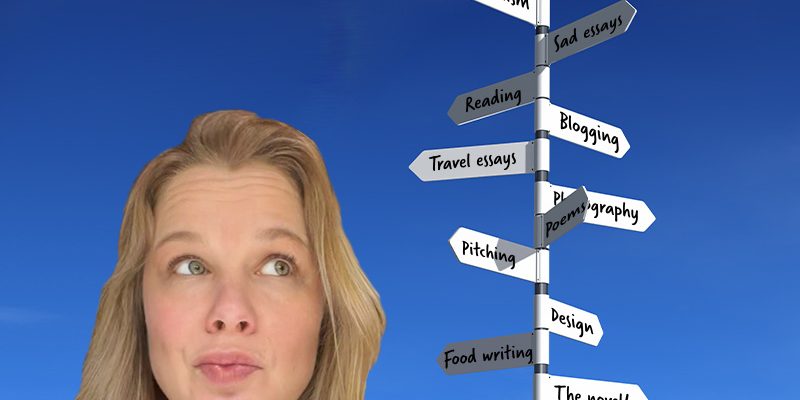
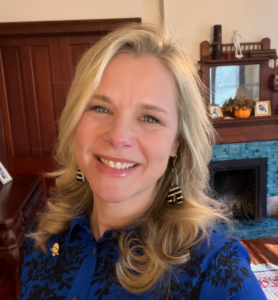
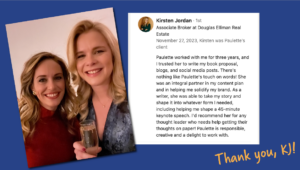
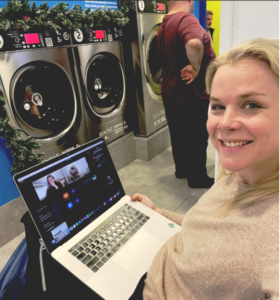
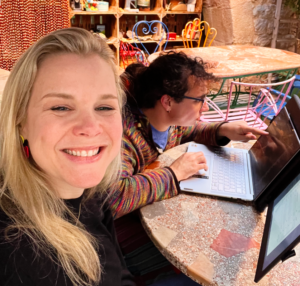

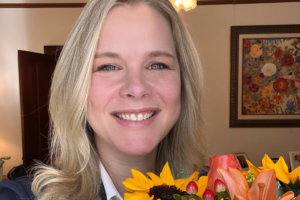
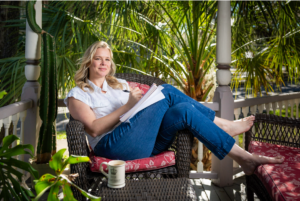
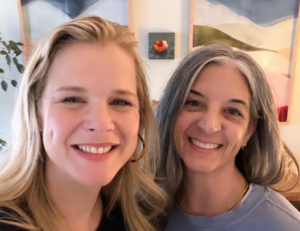
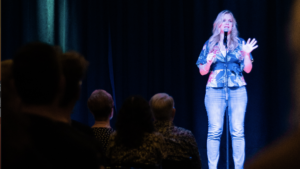

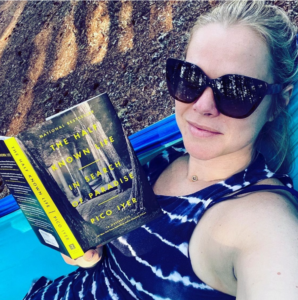
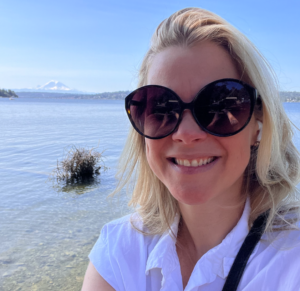
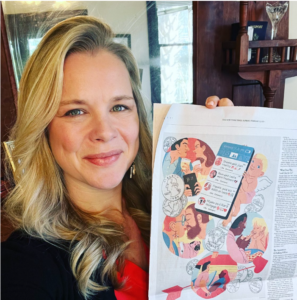



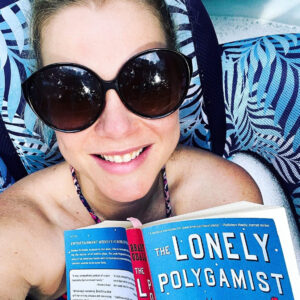
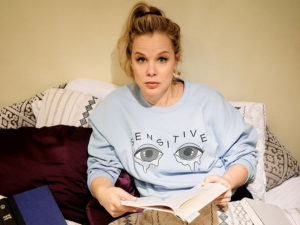

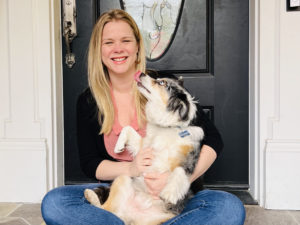


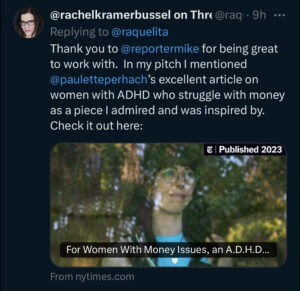
This Post Has 2 Comments
I really like your model for revising the To Do List. I have a running list just to get the tasks out of my mind. Every might, I write a DONE list–that is anything I managed to accomplish. I often surprise myself. We say, “I didn’t get anything done today,” but that usually is not true. Small steps.
Thank you for your blog. I followed you here after reading your article on Huffington Post while procrastinating. Last Spring I quit my job in education to pursue my dreams of writing and creating a website teaching techniques to connect to their spiritual side. This entry in particular is very helpful, as I have ADHD as well (as evidenced by the fact that I am sitting here doing this instead of working). I look forward to reading more of your work.
Comments are closed.